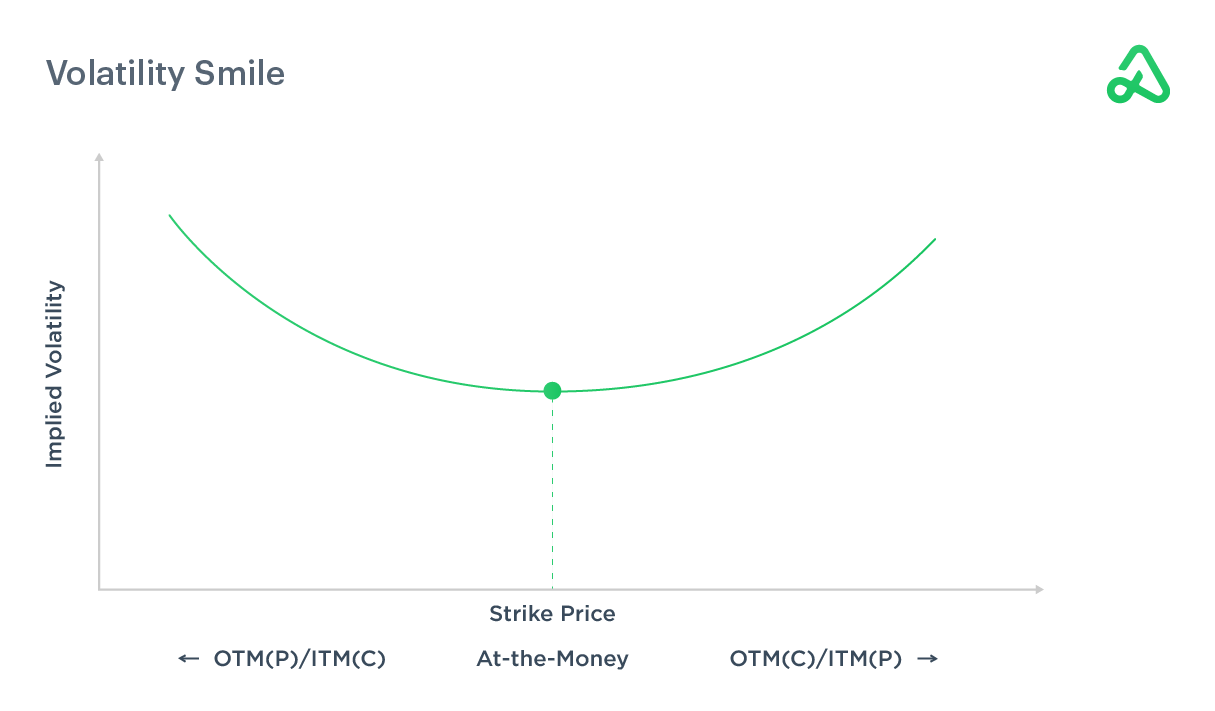As we all know, implied volatility levels should really drive your trading strategy, and having a way to profit from different volatility environments is very important.

The strategy I'm going to cover here is called a put ratio spread. And of course, the opposite of everything can be applied using call ratio spreads (just flip the P/L diagram).
How Do You Recognize Volatility Skew?
Earlier this month I noticed that, with the market moving higher and VIX staying above 30, there was a good amount of negative volatility skew for index options.
In particular, I saw that the IWM OTM put options traded at higher implied volatility levels relative to the ATM put options. It's actually even more spread as you get further OTM.

If you subscribe to the notion that overall volatility has a historical average and that higher volatility levels will come down on average, then using a ratio spread will help you profit from this type of market.
Now, Use A Ratio Spread To Profit From Skew...
Here's what you do. Start buying options with lower implied volatility while selling options with higher implied volatility. If you then offset the sales of options by 2:1 to the purchases you will exploit the negative skew in the IWM put options.
As a quick example, you could BUY 1 $50 strike put and then SELL 2 $45 strike puts for a net credit of $15. Your profit/loss diagram would like something like this:

Based on the profit/loss diagram you can see it’s basically a mildly bearish strategy. If you set it up correctly you can even still make money ($15 with our example) if the market rises into expiration. The risk to the downside is worth considering if the market sells off hard, but using technical analysis will help with better entries near market bottoms. The ideal scenario is to have the stock close right at the short strikes in which case you would realize a $500 profit!
Keep This Strategy Handy
Overall, the ratio spread is a little different as compared to a traditional credit spread. With a credit spread you are short and long an equal number of contracts so the volatility risk and skew is minimal and more of a directional play on the stock. The ratio spread is a great tool to keep in your arsenal of strategies.




.png)









